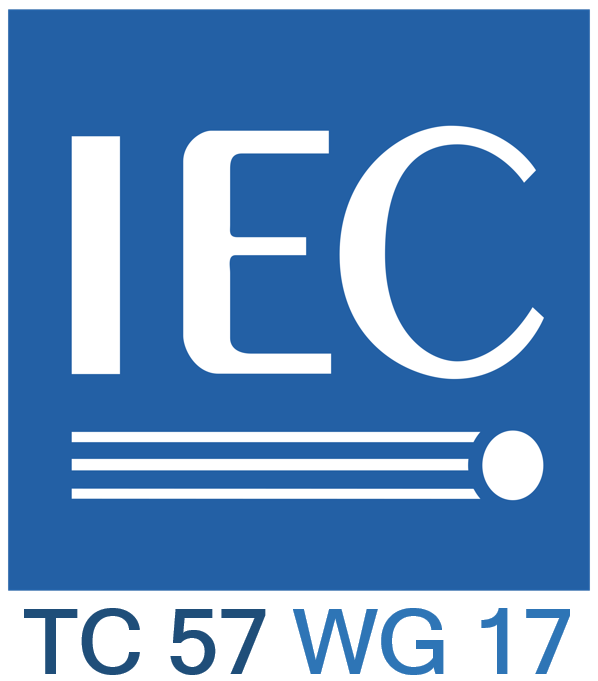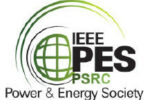by Tom Berry, Schneider-Electric

IIEC TC 57 WG 17 is in charge of power system intelligent electronic device communication and associated data models for microgrids, distributed energy resources and distribution automation.
As most readers will know IEC 61850 is not just a protocol, it defines data models, a configuration language, and mappings to transport protocols. Outside of substations, systems use a variety of transport protocols for measurement and control data, and several groups are working on communication profiles that use subsets of the IEC61850-7-x standards as a reference data model.
A generic mapping of IEC 61850 common data classes to IEEE 1815 (DNP) was published in 2015 as IEEE 1815.1. This will be joined soon by 1815.2 which provides a high-level data model for DERs based on IEC 61850-7-420 Ed2, plus a standardized implementation table.
Like the DNP mapping, there is a working group with the OPC Foundation that is mapping the common data classes from IEC 61850-7-3 to OPC base information models. This is led by the wind power group who have an interest in monitoring both electrical information and mechanical processes. The group plans to circulate a draft later this year.
The IEC 61850-7-420 data models are also of interest for electrical vehicle charging. Many regions around the world have been reviewing grid connection codes to allow for large numbers of chargers and are looking ahead at vehicle-to-grid capabilities. From a grid perspective these have a lot in common with solar + storage systems, and thus the connection codes refer to the same operational functions. The US leads this with IEEE 1547 but there is more generic modelling described in IEC 61850-7-420.
The groups responsible for the various communications associated with EV charging are considering extensions for this new world of vehicle-to-grid and are using IEC 61850 as a definitive reference. Work is in progress to extend ISO 15118-20 to allow the transfer of the relevant settings to the vehicle itself, and a white paper has been published with similar extensions for upstream communications using OCPP.
Meanwhile, the working groups in IEC TC57 responsible for the Common Information Model (CIM) have recognized that the same set of “grid-friendly” operational function settings are also needed in the utility enterprise systems. These systems manage the contracts and markets, with reference to registered resources, each of which has certain capabilities. In larger installations, the settings of the individual installations will need to be defined per site and used in information exchanges. In other contexts, such as smaller or residential sites, it may be more efficient to manage much of the information by reference to the manufacturer’s product type.
One of the recurring themes related to distributed energy resources is the need to provide settings and operating envelopes that change depending on the network conditions. Some of this may be predictable well in advance based on the seasons, but sometimes parameters may need to change based on short term weather or other forecasting. Whether related to dynamic market prices or direct requests from utilities, this means real time communication protocols will need to evolve to more easily transfer parameters that apply to specific time periods.
Biography:

Tom Berry studied Electrical Engineering at Bath University, UK. For the last 25 years he has worked for Schneider Electric in the UK and France.
Tom has worked on control center projects integrating SCADA systems within dispatch training simulators, transmission and distribution network management systems. He now works “closer to the edge” as a software architect for feeder automation RTUs. He is a member of several IEC TC57 WGs and the editor of IEC TS 62361-102 technical report on CIM-61850 harmonization.








